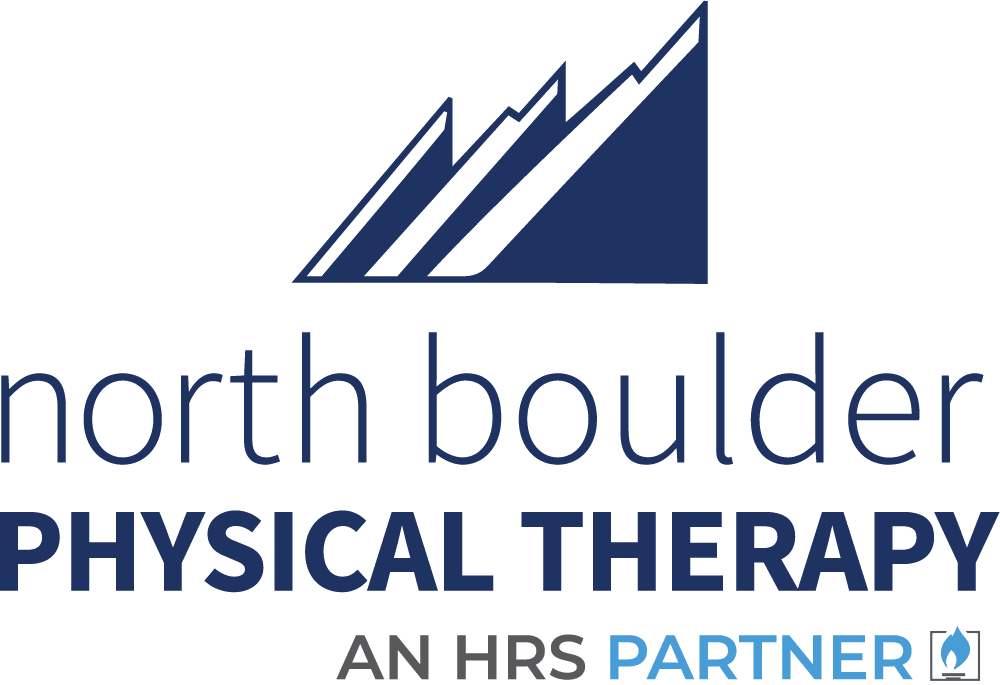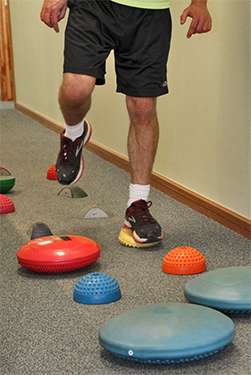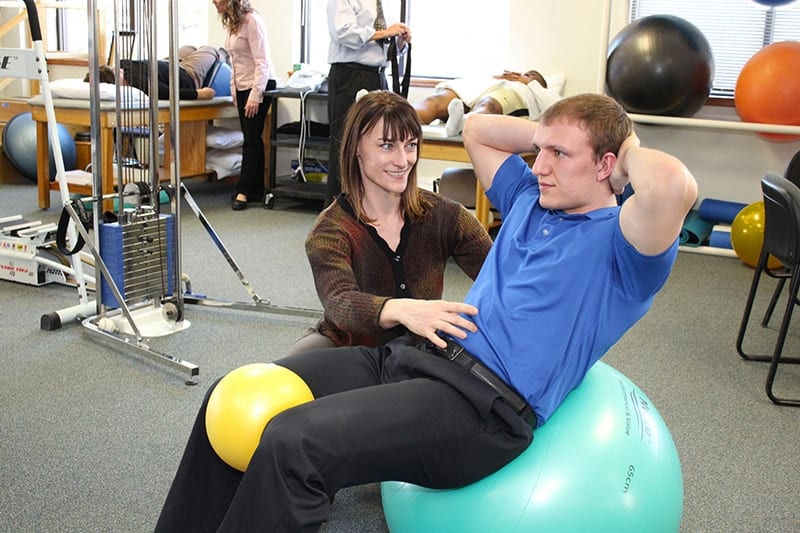 Today’s physical therapy was successful by all measures: Your PT spent time listening to your symptoms, collected a thorough medical history, diagnosed your issue (tennis elbow), and sent you on your way with a bunch of exercises to do at home. During the appointment, you watched intently as the physical therapist demonstrated each home exercise and you understood the directions clearly at the time.
Today’s physical therapy was successful by all measures: Your PT spent time listening to your symptoms, collected a thorough medical history, diagnosed your issue (tennis elbow), and sent you on your way with a bunch of exercises to do at home. During the appointment, you watched intently as the physical therapist demonstrated each home exercise and you understood the directions clearly at the time.
There’s just one problem: Now that you’ve returned home, you can’t seem to replicate the exact elbow positioning that elicits the desired stretch. And the exercise handout isn’t helping.
To make matters worse, you’re headed out of town this weekend and the PT clinic can’t accommodate you for an in-person appointment until next week. During that time, you have two options: Continue doing the exercise how you think it should be done and risk doing it incorrectly—and possibly doing harm—or not doing the exercise at all until you’re able to see your therapist.
Wouldn’t it be helpful if there was a way to show your PT what you’re doing—without leaving your house—so he could pinpoint the source of your problem and help you to adjust your movements for maximum benefit?
That’s precisely the type of experience that telerehabilitation could bring to physical therapy. Being able to get timely and accurate feedback from a rehab professional can improve your chances of a quick and safe recovery.
Now you’re probably asking, “Why didn’t my PT tell me about this?” Well, telerehab is not (yet) a mainstream offering for physical therapy, but all signs indicate that more clinics will get on board in the coming years once they’ve tackled the regulatory and reimbursement issues.
State legislation and regulations, risk management implications, billing and coding issues, and hardware/software requirements are a few of the other factors standing between many physical therapy clinics and their ability to offer telerehab services.
However, numerous studies, including some dating back 10 years or more, have demonstrated how patients benefit from “virtual rehab” as an adjunct physical therapy service. But to move the needle on the number of clinics receiving reimbursement, payers need a better understanding of the direct cost savings.
According to a study titled “Efficacy and Sustainability of a Telerehabilitation Program,” adding telerehab services could shorten the length of time that a patient is in rehab. In other words, fewer visits might be required—and that’s fewer visits that a payer would need to reimburse.
Furthermore, telerehab technology could make it possible for physical therapists to continue to track their patients once they’ve been discharged, perhaps catching signs of a problem at an early stage and preventing future treatment needs altogether.
For now, some clinics offer patients with certain diagnoses the option to schedule a “virtual visit” with their physical therapists. There also are a growing number of services that provide patients with a series of injury-appropriate videos—with clear demonstrations of the exercises that should be completed at home. This is just a sampling of the many ways that telemedicine will help to ensure that patients perform their home exercise programs correctly.
You’re probably familiar with the age-old notion that practice makes perfect, the very idea that proficiency of a particular activity or skill comes with regular practice. But in the case of rehabbing from an injury or illness, Vince Lombardi said it best: “Practice does not make perfect. Only perfect practice makes perfect.”
And the hope is that telerehab is just what the therapists need to ensure that their patients adhere to their prescribed home programs and complete their exercises safely and accurately.
Shorter treatment times, more convenient care and improved outcomes? Sounds like a win-win.
If you are seeking physical therapy and rehabilitation services, you’re welcome to come see the friendly professionals here at North Boulder Physical Therapy. With two offices in Boulder, as well as locations in Westminster and Golden, we just might be in your neighborhood.
Contact us today to schedule your appointment.



